If you want students who learn at high levels, can apply that learning, and retain that learning for the long term, build learning environments that move students from engagement to empowerment to efficacy.
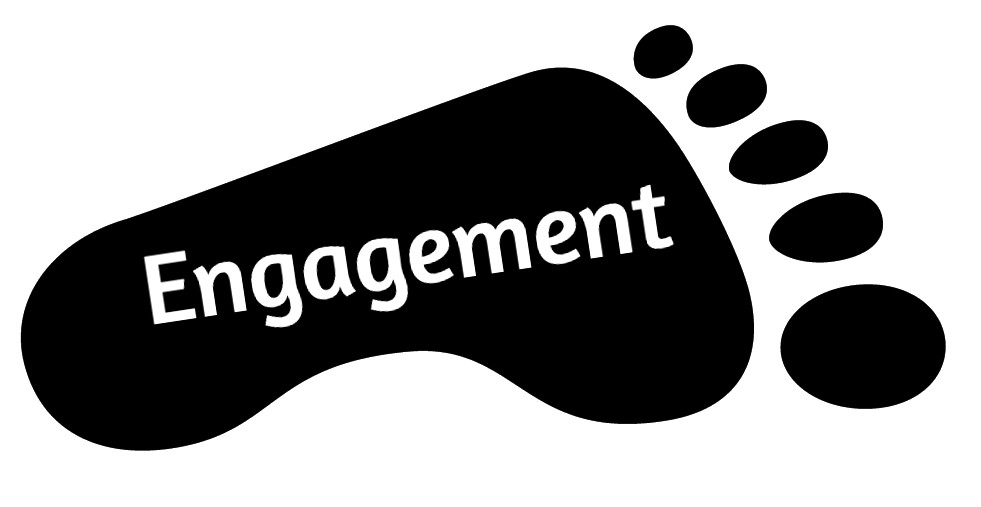
First Step: Engagement: Seek to create learning environments that foster an atmosphere of engagement: where students are so engrossed in learning that they lose track of time. When students are engaged, they continually ask questions and pursue answers; they work to the bell or the end of the school day; and they maintain that energy right up to any vacation or even the last day of school of the year.
Engagement is entirely the responsibility of the teacher. You can’t mandate or even ask students to be engaged. Engagement is about the environment. Think of the Einstein quote that says, “I never teach my pupils; I only attempt to provide the conditions in which they learn.” (See my blog post on “The Sounds of Engagement.”)
I’m a big fan of PBL (see the 6 Ps of PBL below) to engage students in curricular content. Present students with a real-world problem to solve and a real-world audience with which to share the solution. That builds a “felt need” for the content. Better yet, let students define the problem they want to solve! The key is to launch a unit of study with a real-world problem or challenge so that throughout the unit of study, students are returning to the problem or challenge and reflecting on how the content is going to help them solve it. (I recommend the Efficacy Notebook for that.)
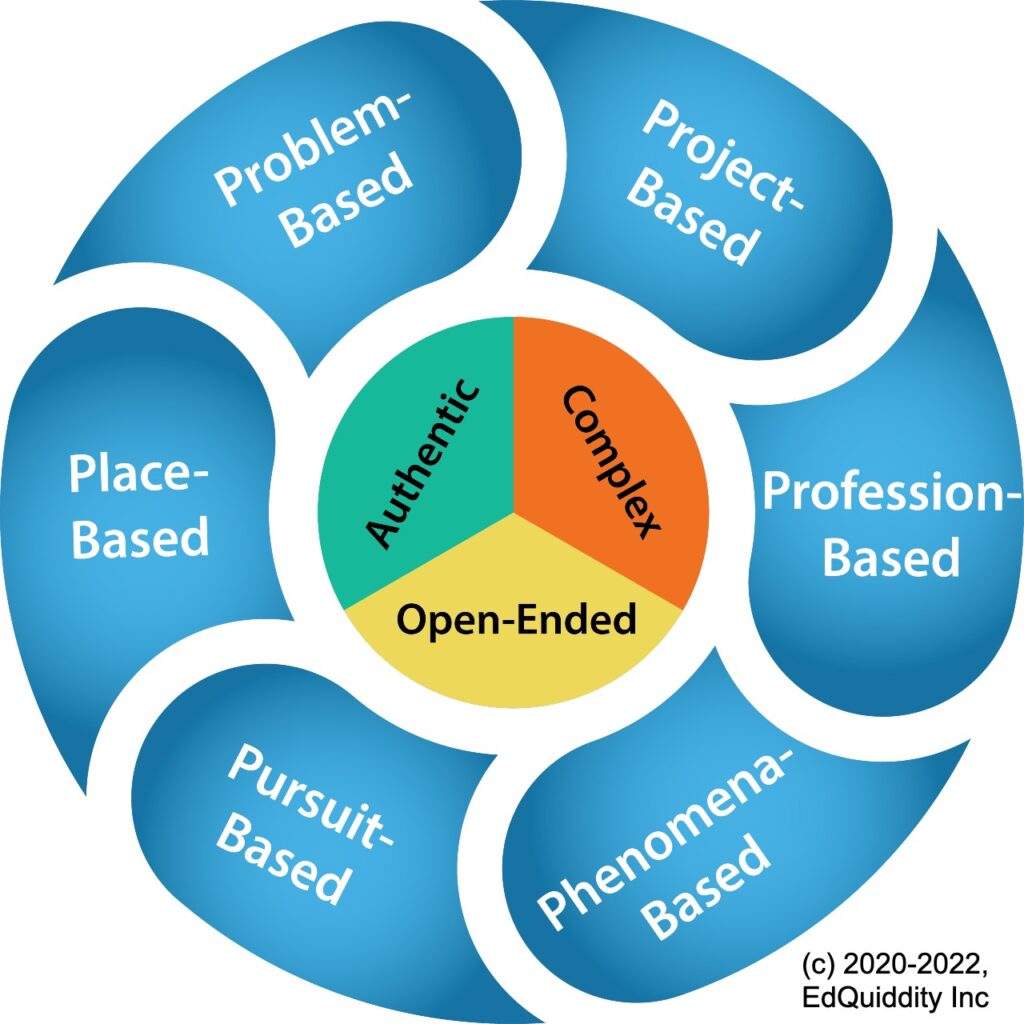
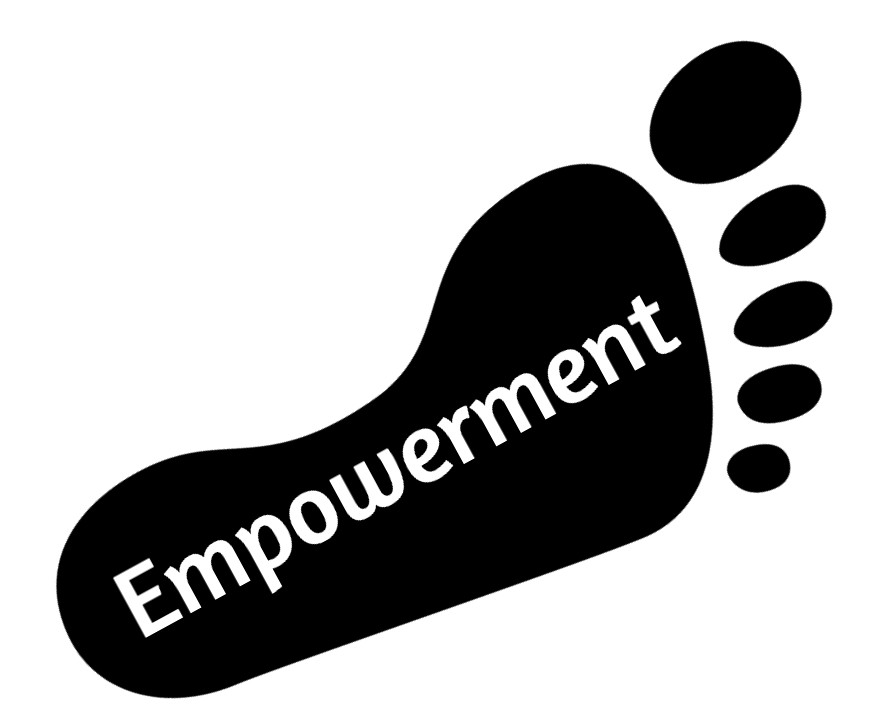
Next Step: Empowerment: Once students are engaged and, thus, poised to take charge of their own learning, empower them through choice and voice in their learning process. Students should be provided with multiple ways to learn and practice content, promoting differentiation. They can then decide how they want to learn as well as where, when, and with whom.
Empowerment is the joint responsibility of the teacher (giving responsibility) and the student (taking responsibility.) Empowerment is about providing students with choice and voice in their own learning.
Use Differentiated Activity Lists to position students to make decisions. Provide students with protocols they can use to engage successfully in activities with others. Teachers, it’s time to facilitate learning. Never assume that because students are engaged, they don’t need you to actively facilitate their learning; this is the new look of teaching. Ask five levels of facilitation questions; understand how students are feeling about the learning, and fashion your response from that; capture formative assessment data to drive your instructional planning.
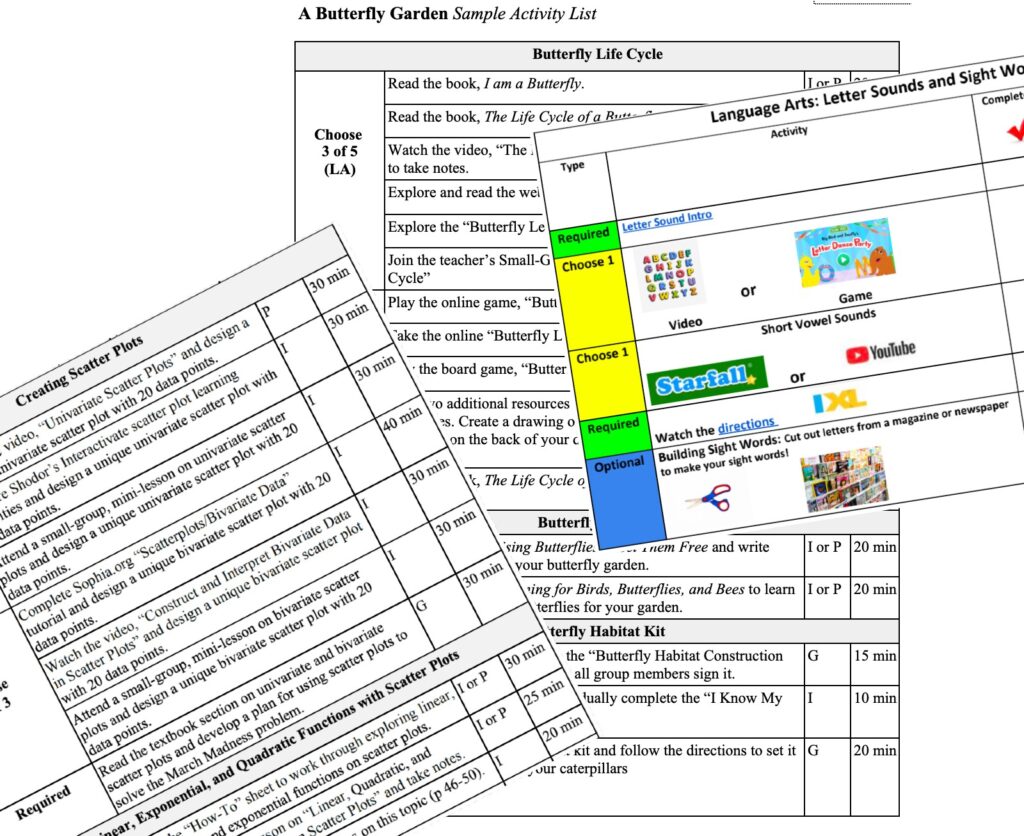
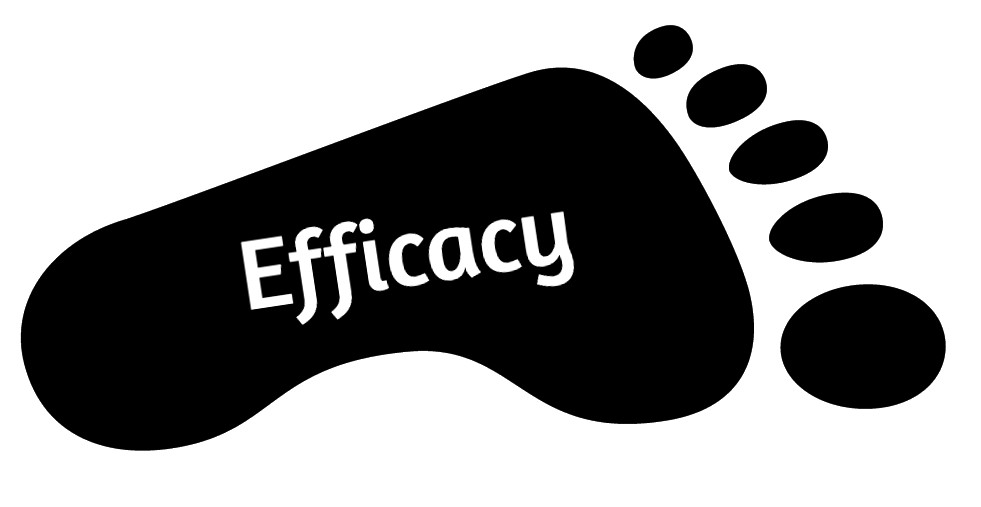
Final Step: Efficacy: As you add structures to the learning environment to promote student self-advocacy, resilience, resourcefulness, goal-setting and monitoring, self-assessment, and confidence, you create the conditions through which your students build efficacy — the ability to tackle any problem or challenge and achieve success. Isn’t that what the ultimate goal of school should be?
Efficacy is the responsibility of the student. No one can make another person efficacious, but educators can create the conditions under which students build this all-important quality.
Teach students to use a peer expert board to turn to one another for support, a help board to self-advocate for support from the teacher, a learning dashboard for personal progress monitoring, and a resource table to gather materials and resources needed in the learning process. Provide small-group mini-lessons on targeted skill instruction, and teach students to determine if they need to sign up for a slot to join.
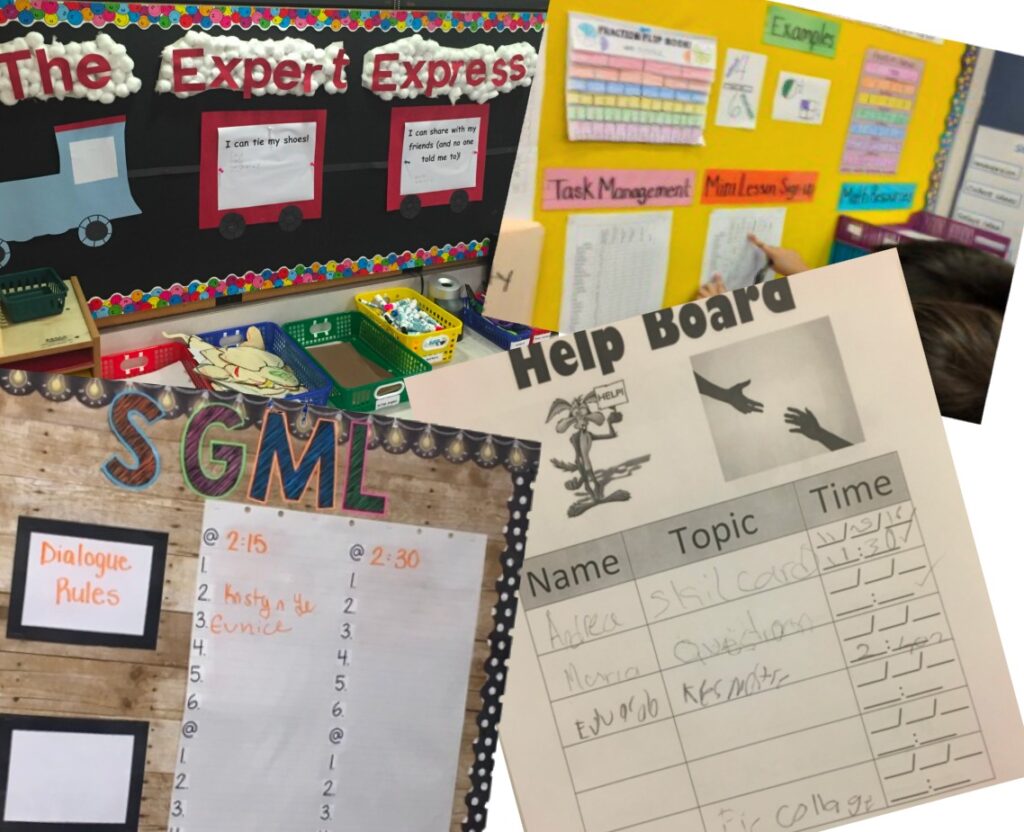
Co-Creating the Classroom
Pursuing engagement, empowerment, and efficacy in the classroom amounts to co-creating the learning environment. As a teacher, once you engage students, you can create structures that allow them to take charge of their own learning.
IDE Corp. specializes in providing professional learning experiences toward designing learning environments that prioritize engagement, empowerment, and efficacy through:
- – School-wide, online, on-demand professional learning experiences that create a culture of professional learning across a school
- – Individual participation in Virtual Learning Communities — online courses facilitated by a consultant, with video-conference interaction
- – Remote, live professional coaching for leaders looking to develop a culture of professional learning in their schools (contact us at solutions@idecorp.com)
- – Remote, live professional learning workshops and coaching for teachers and leaders (contact us at solutions@idecorp.com)
- – On-site professional learning experiences (contact us at solutions@idecorp.com)
- – On-site and remote keynote presentations by Dr. Nancy Sulla (contact us at solutions@idecorp.com)
